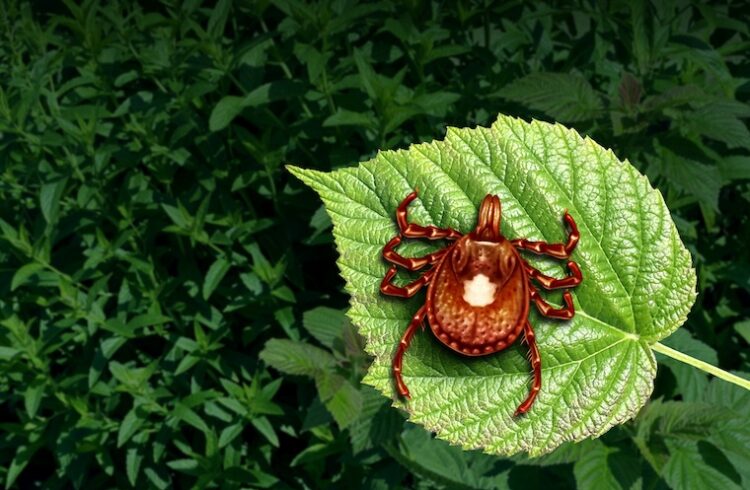
A team of researchers at the University of Virginia Health System is helping to stop one of the world’s most voracious parasites.
Entamoeba histolytica , which causes inflammation of the colon (colitis), plays dirty. It attacks and kills human immune cells in seconds. Then this murderous marauder hides the evidence by eating the cells’ corpses. While doing so, it kills nearly 100,000 people each year.
The UVa-led research team, directed by Dr. William Petri, hypothesized that identifying molecules involved in the corpse ingestion might provide insight into how the amebae cause colitis in children.
The team identified a particular protein on the surface of the ameba called a kinase, PATMK. This work was published in the Jan. 18 issue of PLoS Pathogens, a peer-reviewed, open-access journal from the Public Library of Science.
Using a special technique called RNA interference to inhibit the actions of this kinase, they prevented the ameba from eating dead cells.
“By blocking this kinase, we have for the first time prevented the ameba from colonizing and invading the gut,” said Dr. Petri, chief of the UVa Division of Infectious Diseases and International Health. “This means that we are a step closer to preventing this disease, which wreaks havoc among children worldwide.”
“Infection and further invasion into the gut require the clearance of dead cells in order to prevent immune recognition of the damaged tissue,” says Douglas Boettner, first author of the paper. “PATMK is the first individual member of a large family of proteins to be assigned a function related to the clearance of dying tissue during pathogenesis.”
This protein may be a pivotal vaccination target because these preliminary studies show that alterations in PATMK function reduced progression of amoebiasis in mice, Boettner added. “A vaccine that ultimately would prevent this ameba from clearing the damaged host may draw in helpful immune cells, and thus help to clear this infection.”
The team included Douglas Boettner (now completing postdoctoral work in Miami), UVa graduate students Alicia S. Linford and Sarah Buss and faculty colleagues Dr. Eric Houpt and Dr. Nicholas Sherman of UVa and Dr. Christopher D. Huston of the University of Vermont.
On a global basis, amebiasis affects approximately 50 million people each year, causing diarrhea, malnutrition and nearly 100,000 deaths (per Dr. Gerald Mandell of UVa Infectious Diseases, editor of Mandell, Douglas, and Bennett’s Principles and Practice of Infectious Diseases, 6th edition).
This work shows how infection depends upon the ameba’s consumption of dead cells. By identifying the molecule that controls eating, scientists are one step closer to the ultimate goal of preventing disease caused by this parasite.


